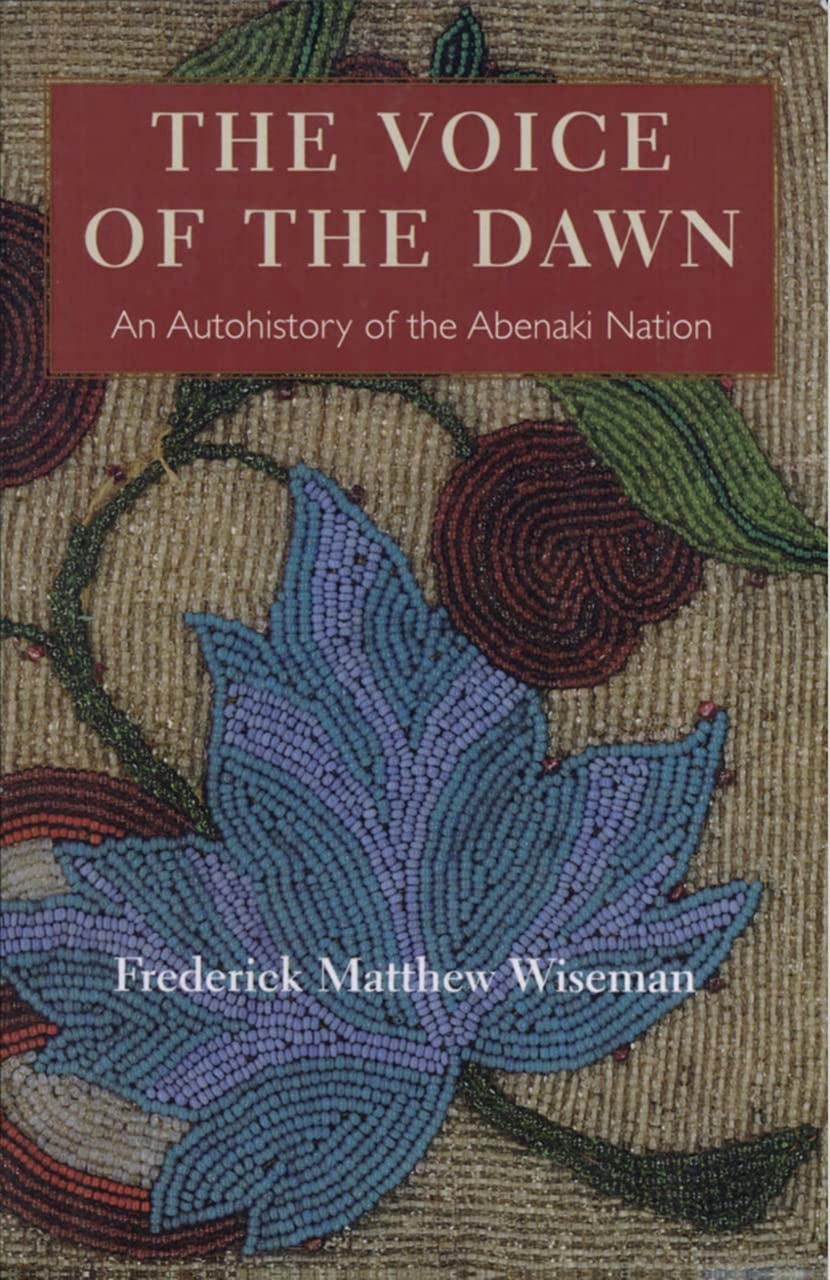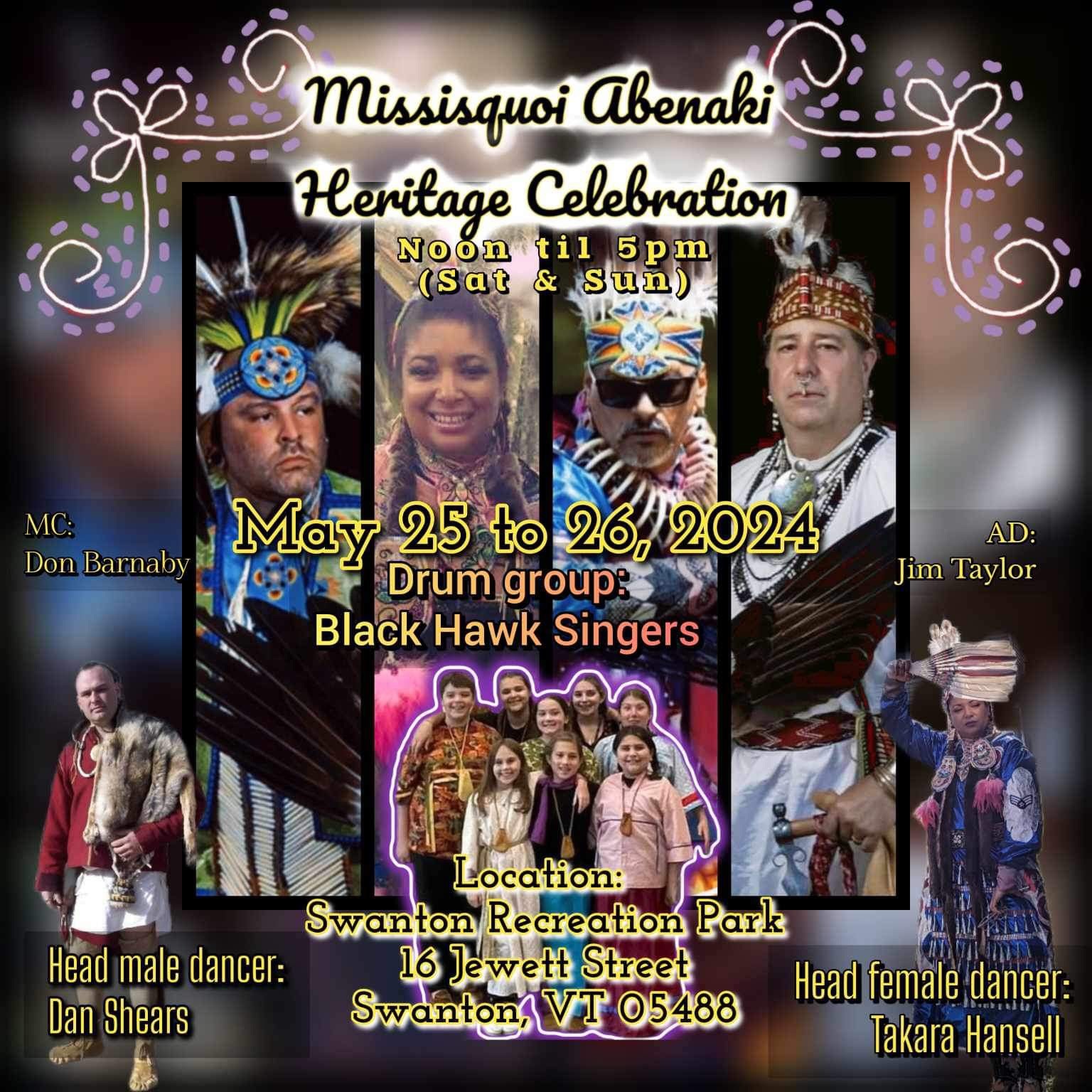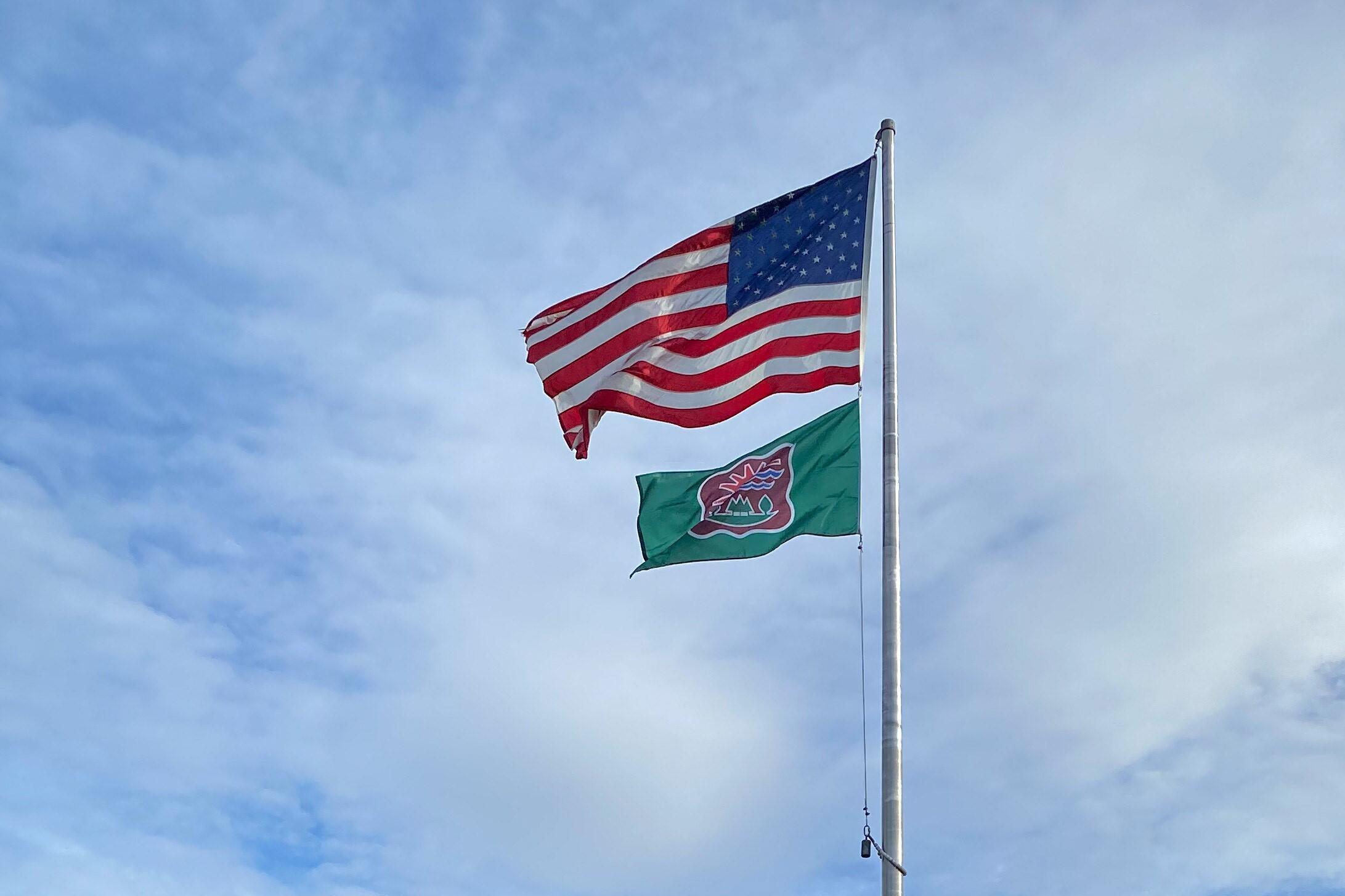
The typical travel itinerary often begins with a modern map, a GPS signal, or a well-worn guide book. But what if your next journey wasn’t just about reaching a destination, but about traversing centuries, guided by the whispers of an ancient land and the lines of historical maps? For those seeking a truly profound connection to North America’s landscapes, the ancestral territories of the Abenaki Nation, known as Wabanakik – the Dawnland – offer an unparalleled opportunity for such a pilgrimage. This is not a review of a single site, but an invitation to experience an entire region, from the forests of Quebec to the coast of Maine, through the lens of Abenaki historical cartography and cultural memory.
To "review" this experience is to delve into the transformative power of understanding land through its original inhabitants’ perspective. The Abenaki Nation, a confederacy of Algonquian-speaking peoples, has continuously inhabited the vast region encompassing what is now Vermont, New Hampshire, Maine, parts of Massachusetts, and southern Quebec. Their historical maps, whether indigenous-drawn (often mental maps, oral traditions, or early petroglyphs interpreted by European cartographers) or European maps painstakingly detailing Abenaki place names, village locations, and resource areas, are not mere geographical documents. They are living archives, narratives etched onto parchment, revealing an intricate world that predates colonial overlays. Engaging with these maps is an act of historical reclamation, a profound re-orientation of one’s sense of place.
The journey begins by recognizing Wabanakik itself as the primary "location." This expansive territory, defined by a network of interconnected waterways, mountains, and forests, was not a collection of isolated points but a dynamic, living system. Historical maps, even those drawn by early European explorers and settlers, often inadvertently preserve critical Abenaki knowledge. They show river systems – the Connecticut, Merrimack, Kennebec, Penobscot, Saco – not as mere features, but as the very arteries of life. For the Abenaki, these rivers were highways, sources of sustenance, and spiritual pathways. Modern travelers navigating these same waters, perhaps by canoe or kayak, gain an entirely new perspective when they consider the centuries of Abenaki paddles that carved similar paths, guided by the same currents. The "review" here is of the unparalleled authenticity this perspective lends to an outdoor adventure. It transforms a scenic paddle into a journey through time, a direct connection to an ancient heritage.
Consider the mountains. Mount Kancamagus (from the Abenaki, possibly meaning "fearless one" or "he who walks with the wind"), Mount Katahdin ("the greatest mountain"), or the countless other peaks throughout New England and Quebec, hold names that echo Abenaki spiritual and historical significance. While modern maps label them with colonial names, historical documents and linguistic studies allow us to peel back these layers. To hike these trails, armed with knowledge of their Abenaki nomenclature and traditional uses, is to ascend not just a physical peak but a cultural summit. The "review" is of the profound sense of reverence and understanding that replaces a purely aesthetic appreciation of the landscape. It’s a realization that every vista, every forest path, was once a sacred space, a hunting ground, a ceremonial site. The maps, in their subtle indications of tribal territories or resource-gathering zones, become prompts for this deeper contemplation.

Coastal areas also reveal a rich Abenaki history, often overshadowed by the narratives of early European settlements. Historical maps might depict seasonal villages along the Maine coast, indicating prime fishing and shellfishing grounds. Imagine walking the beaches of Acadia National Park or the rocky shores of Cape Cod, understanding that these were once bustling Abenaki settlements, rich with seasonal harvesting activities. The maps become a bridge to a vanished yet enduring way of life, highlighting the symbiotic relationship the Abenaki maintained with the ocean and its bounty. This engagement offers a powerful counter-narrative to the "discovery" myth, reaffirming indigenous presence and ingenuity. The "review" is of the unsettling yet essential truth these maps convey: that the land we traverse was never empty, but vibrant with life and culture long before European arrival.
Beyond geographical features, historical maps can also reveal the intricate networks of Abenaki villages, trade routes, and confederacy alliances. While precise indigenous cartography in the European sense is rare, European maps often attempted to delineate tribal territories and village locations, sometimes with surprising accuracy gleaned from indigenous informants. These maps, imperfect as they may be, offer glimpses into the political and social organization of Wabanakik. For the modern traveler, this translates into a heightened awareness when passing through towns or cities that now stand upon former Abenaki settlements. Visiting a local historical society or museum with an eye towards these historical maps and their Abenaki context can be incredibly enriching. It moves beyond passive consumption of history to an active engagement with the layered past of a place. The "review" here is of the intellectual stimulation and cultural awakening that comes from piecing together these fragments of history, transforming a simple drive through the countryside into a journey through ancient Abenaki homelands.
The experience of traveling with Abenaki historical maps as your guide is one of profound re-education. It challenges preconceived notions of wilderness and land ownership. It compels you to see the landscape not as an untouched expanse, but as a deeply humanized space, shaped by millennia of indigenous interaction. This approach to travel demands respect, a willingness to learn, and an openness to different ways of knowing. It encourages a shift from merely observing to actively listening – to the land itself, to the surviving place names, and to the voices of contemporary Abenaki people.
One of the essential aspects of this "review" is the recognition of the contemporary Abenaki Nation. Engaging with historical maps is not an exercise in nostalgia for a vanished past, but a recognition of an enduring presence. While specific Abenaki cultural centers or museums might exist, the broader "place" is the entire Wabanakik. Responsible travel in this context means seeking out opportunities to support Abenaki businesses, art, and cultural initiatives where possible. It means approaching the land with a consciousness of its true history and acknowledging the ongoing sovereignty and resilience of the Abenaki people. The maps become a tool for advocacy, for understanding the historical injustices, and for supporting reconciliation.

However, interpreting these maps is not without its challenges. Many surviving historical maps were drawn by European cartographers, often reflecting colonial biases, incomplete knowledge, or misinterpretations of indigenous information. They might use European naming conventions or impose boundaries that didn’t align with Abenaki understandings of territory. Therefore, the "review" also includes the critical thinking required. It’s about reading between the lines, cross-referencing with linguistic studies and Abenaki oral histories, and understanding the limitations of the documents themselves. This adds another layer of engagement, transforming the traveler into a historical detective, piecing together a more complete narrative.
In conclusion, a journey through the Abenaki Nation’s ancestral lands, guided by the insights gleaned from historical maps, offers a travel experience unlike any other. It is not about a single destination, but about the transformation of perspective that occurs when one views the familiar through an ancient, indigenous lens. The "review" of this approach to travel is overwhelmingly positive: it is deeply enriching, intellectually stimulating, and profoundly respectful. It offers an unparalleled opportunity to connect with the true history of North America, to understand the land as a living repository of stories, and to honor the enduring legacy of the Abenaki people. So, the next time you plan an adventure in the Northeast, consider putting aside the modern GPS for a moment. Seek out the historical maps, listen for the Abenaki names, and let the Dawnland reveal its ancient heart to you. It’s a journey that promises to change not just how you see the land, but how you understand your place within it.




